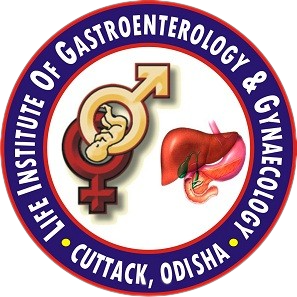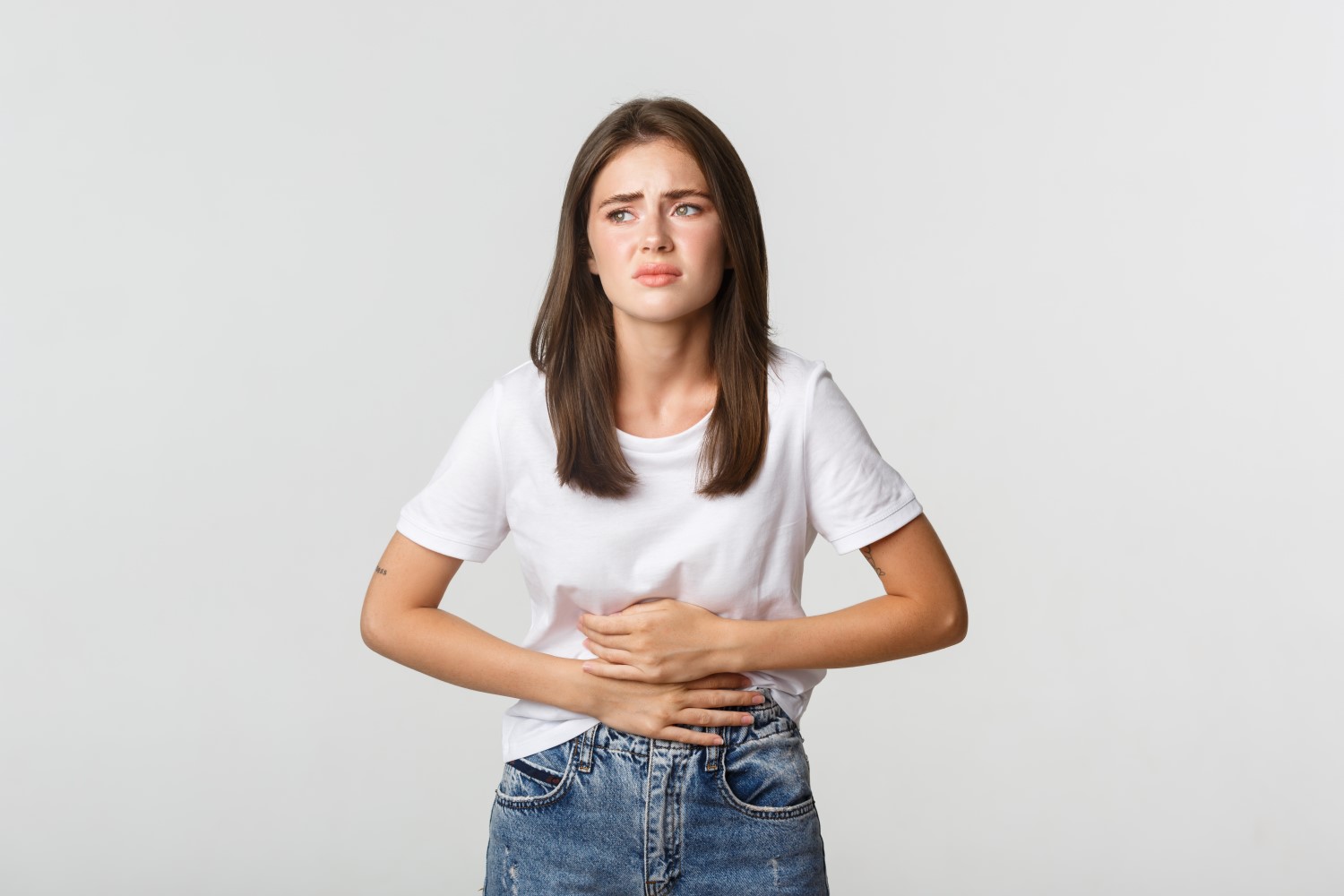The digestive disorder known as GERD causes the stomach’s contents to spill backwards into the oesophagus, or food pipe.
Typically, the food pipe carries food from the mouth to the stomach. Along with other symptoms, GERD can irritate the food pipe and result in heartburn.
Signs:
- Heartburn is a burning sensation in your chest that occurs after meals and gets worse at night or while you’re lying down.
- meal or sour liquid backwashing (regurgitation) into the throat
- Chest or upper abdomen discomfort
- Difficulty swallowing, or dysphagia
- A sharp lump feeling in the throat
Reasons:
Frequent stomach acid reflux is the cause of GERD.
The lower oesophageal sphincter, or LES, is a circular band of muscle that surrounds the bottom of the oesophagus. It relaxes as you swallow food particles, allowing fluids and food to pass into your stomach. The sphincter then shuts once again.
Stomach acid may backflow into your food pipe if the sphincter weakens or does not relax as it should. The lining of the food pipe and the oesophageal lining are both irritated by this acid backwash.
GERD risk factors include the following:
- Being overweight
- Stomach bulging at the top (hiatal hernia)
- Having a pregnancy
- Delayed emptying of the stomach
- Specific drugs (aspirin)
- Consuming tobacco
- Consuming large meals late at night
- Consuming larger quantities of alcohol
Diagnosis:
In order to verify the diagnosis, your physician could suggest certain tests such as:
- Upper endoscopy: This aids in the diagnosis of any oesophageal (food pipe) irritation by your doctor.
- Ambulatory acid (pH) probe test: This test determines the duration and timing of acid backflow.
- Upper digestive system X-ray: This examination lets us see the contours of the stomach and oesophagus.
- Oesophageal manometry: This examination gauges the regular contractions of the oesophageal muscles during the swallowing of food.
- Trans nasal esophagoscopy: This examination is done to check for any oesophageal injury.
Therapy:
The following medications would be prescribed by your physician:
Antacids aid in acid neutralization, and H-2 blockers help in the reduction of stomach acid production. Proton pump inhibitors aid in the healing of the oesophagus and reduce acid production.
Surgical Treatment
Fundoplication: Fundoplication is a procedure that only requires a small incision. This helps make the released sphincter tight and forestalls the reflux of acids.
LINX device: A ring of little attractive dabs is wrapped over the intersection of the stomach and throat. The attractive fascination between the dabs helps keep the intersection shut to refluxing corrosive.
Transoral incisionless fundoplication (TIF): This is another technique that includes fixing the (LES) lower oesophageal sphincter.
Living with GERD (Gastroesophageal Reflux Disease) can present challenges, but with proper understanding, management, and support, individuals can find relief and improve their quality of life.


